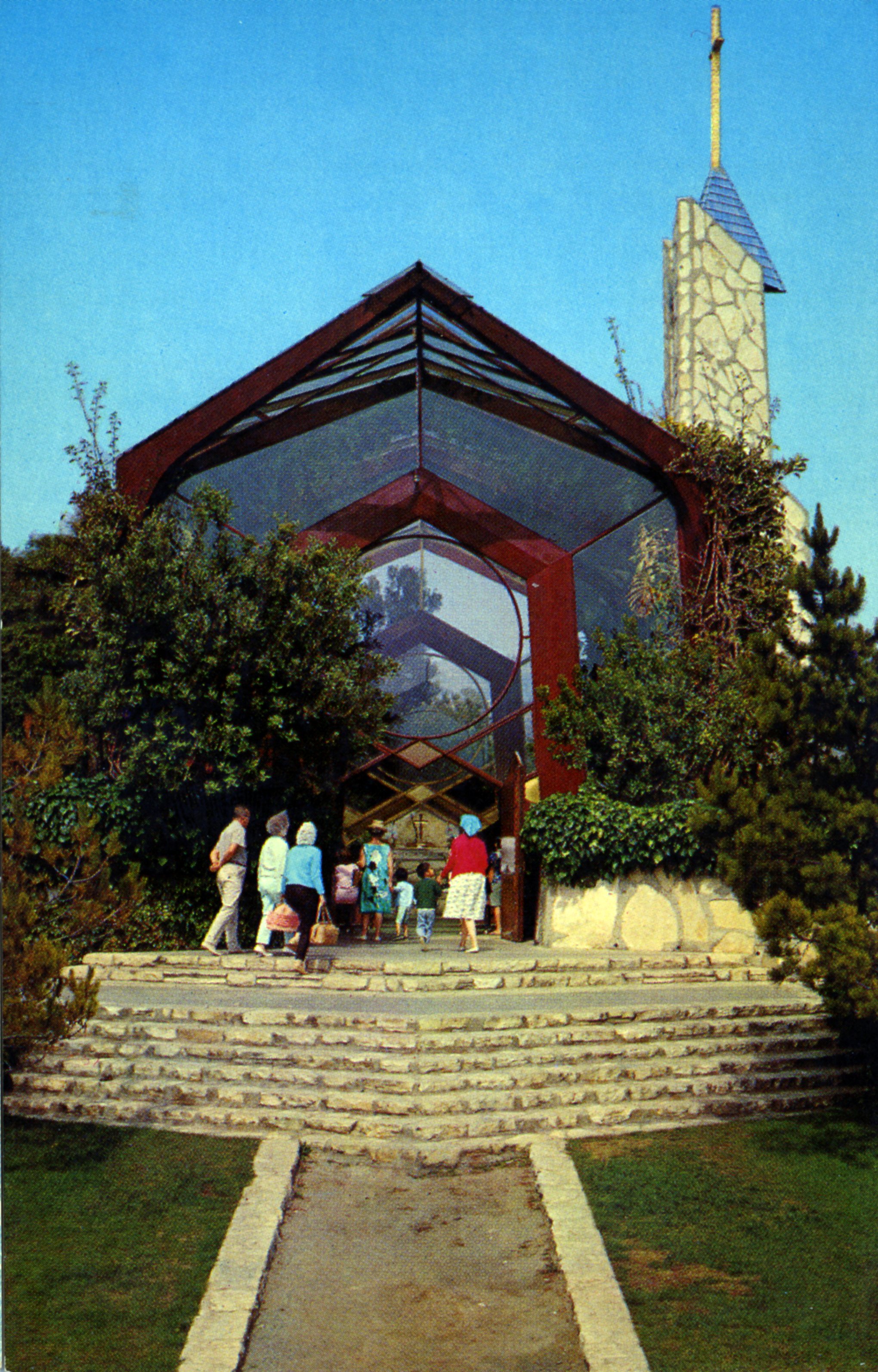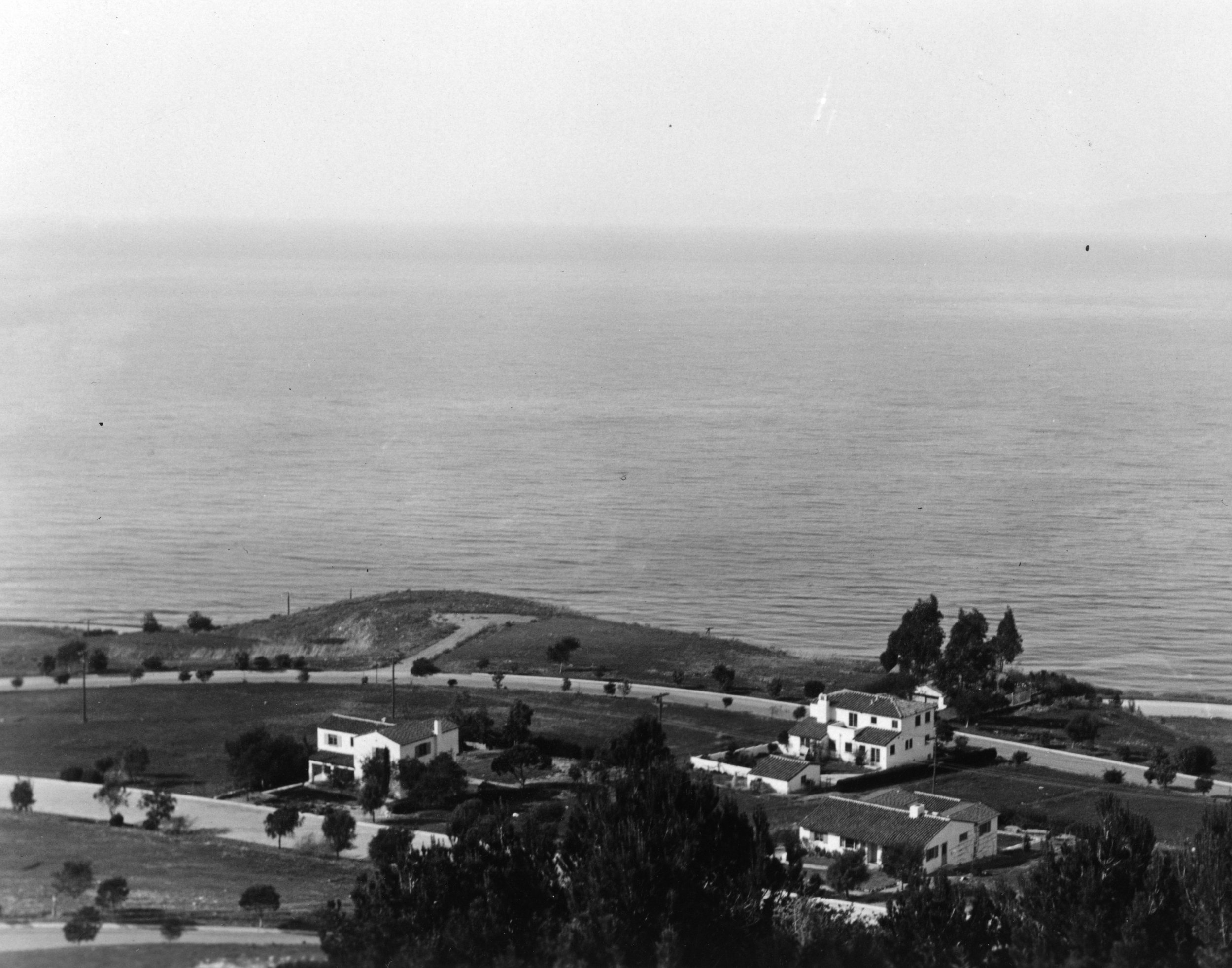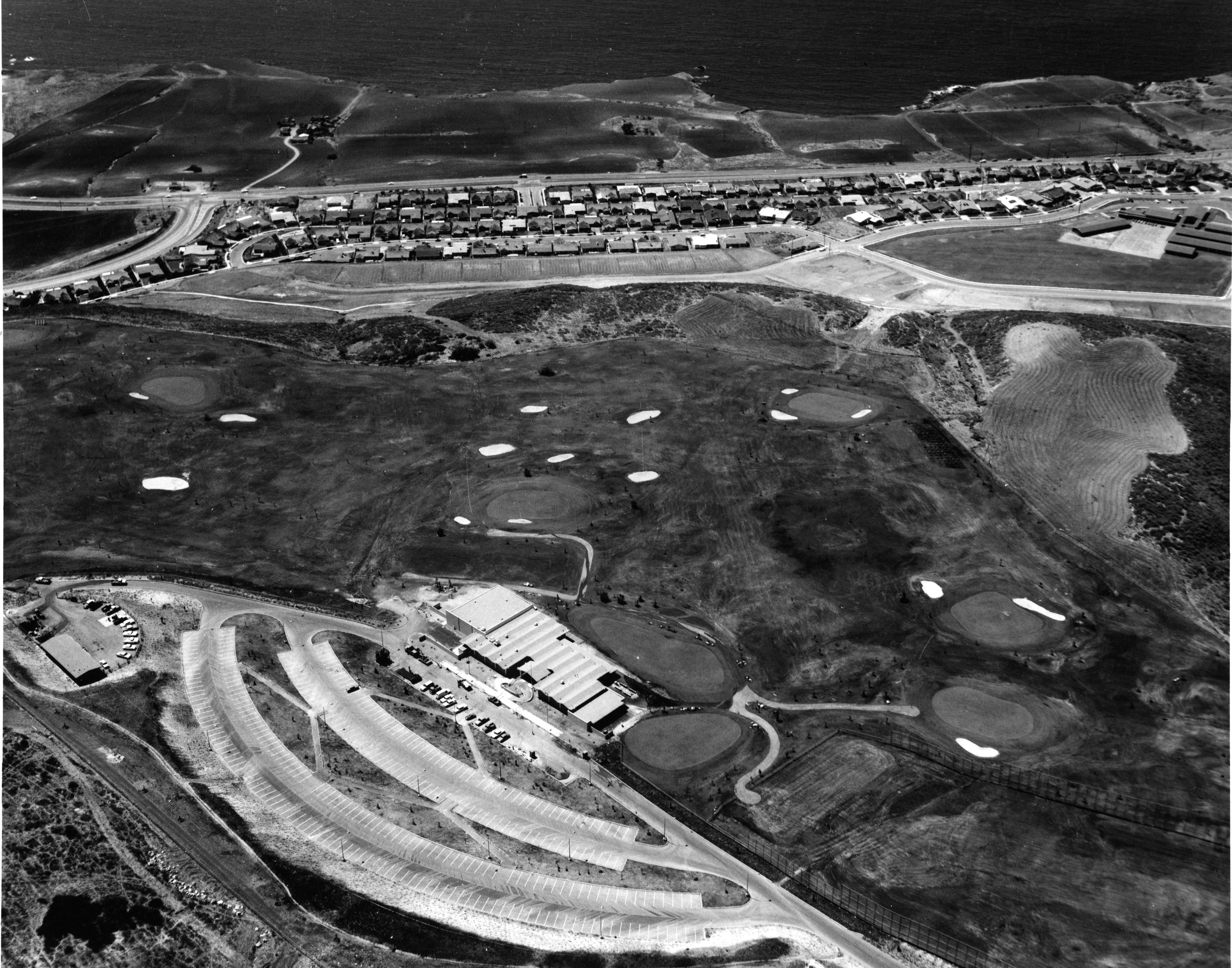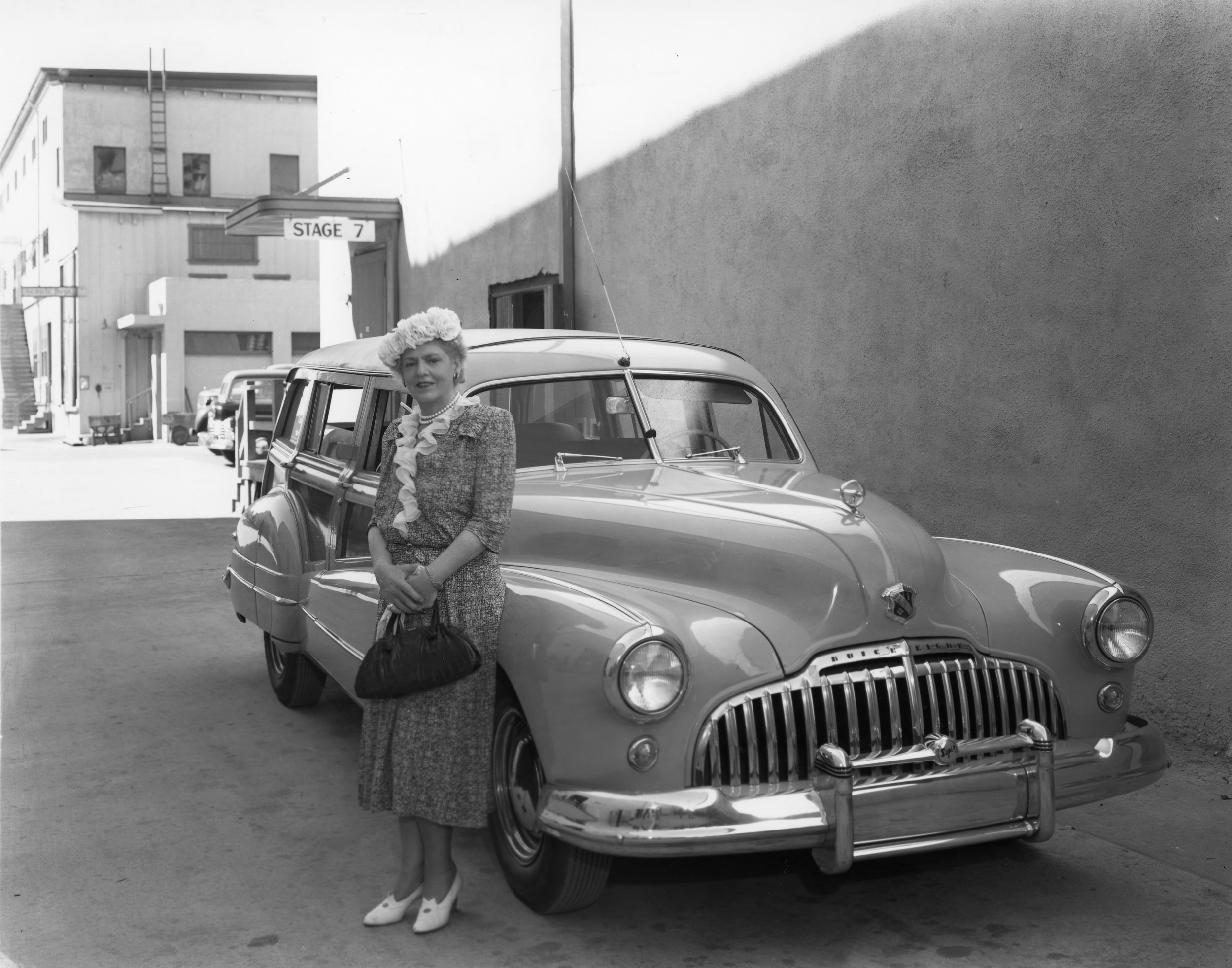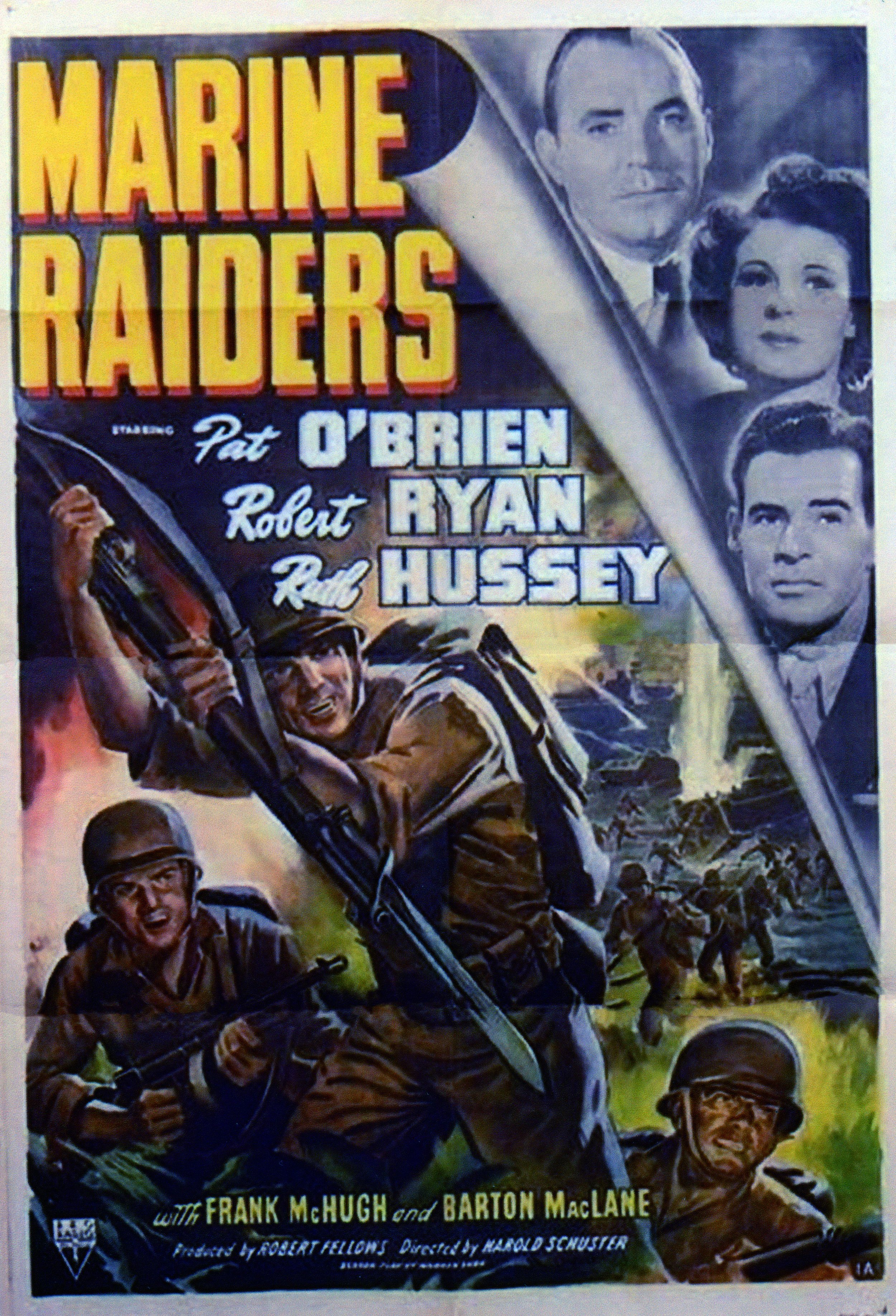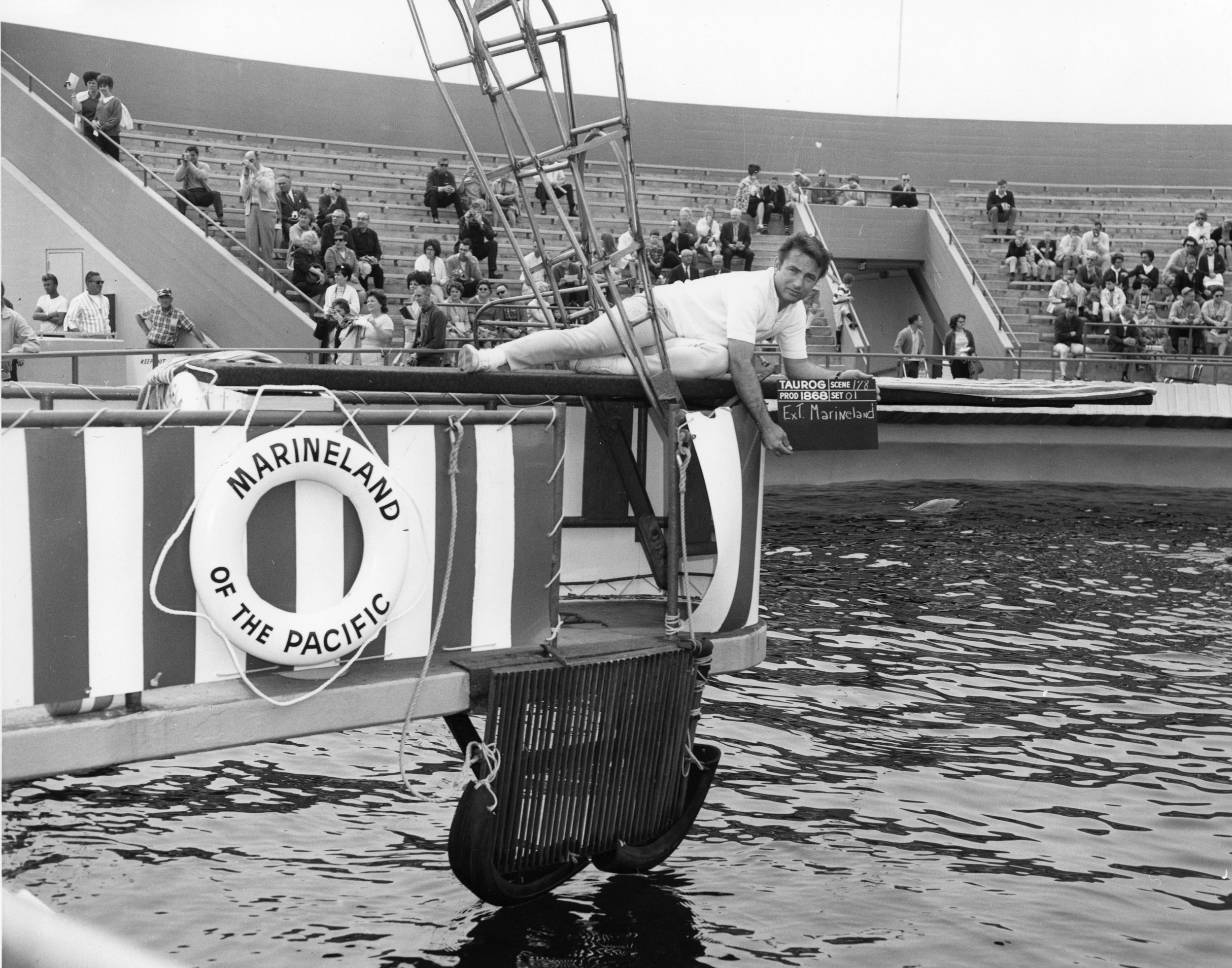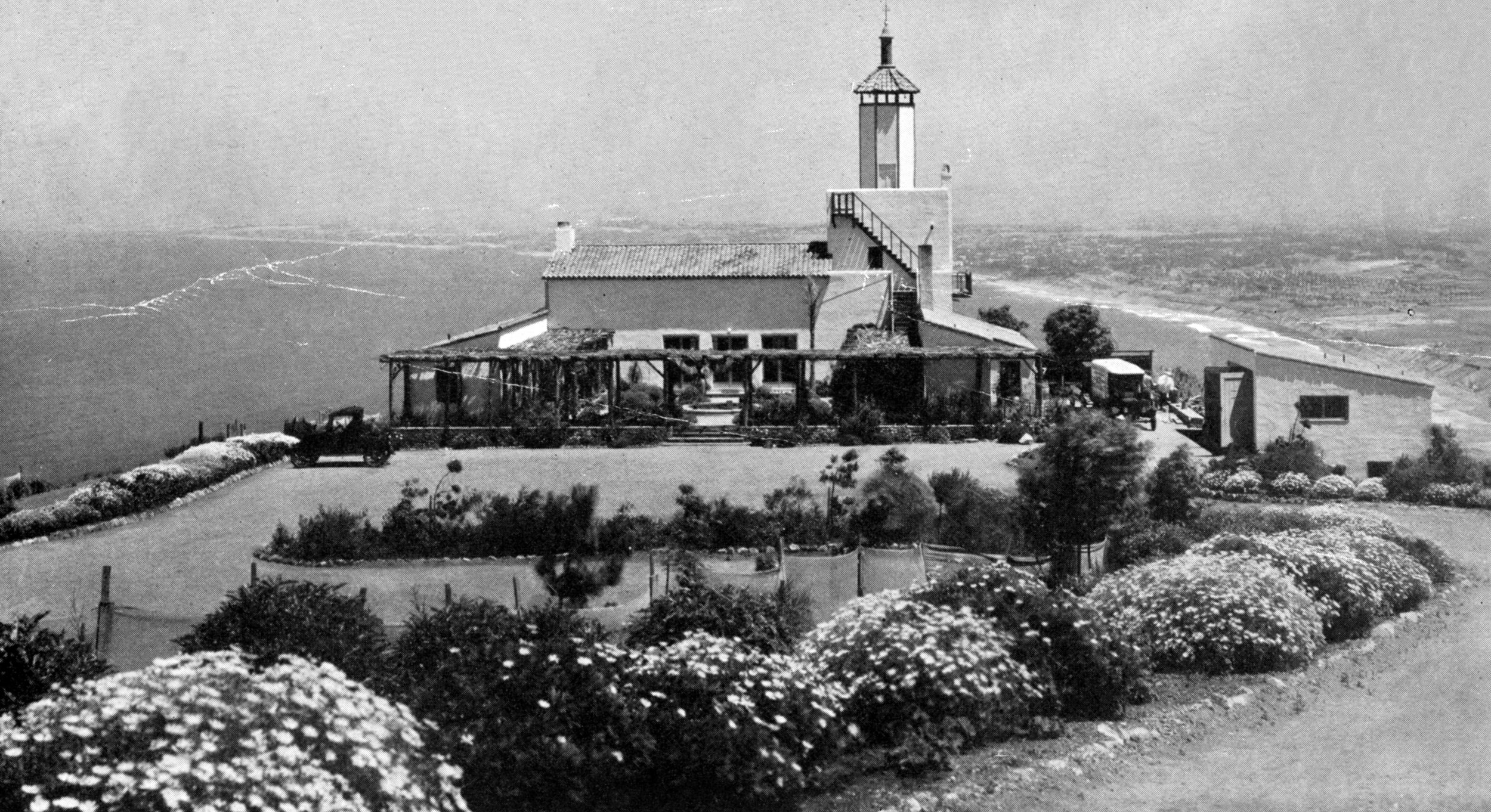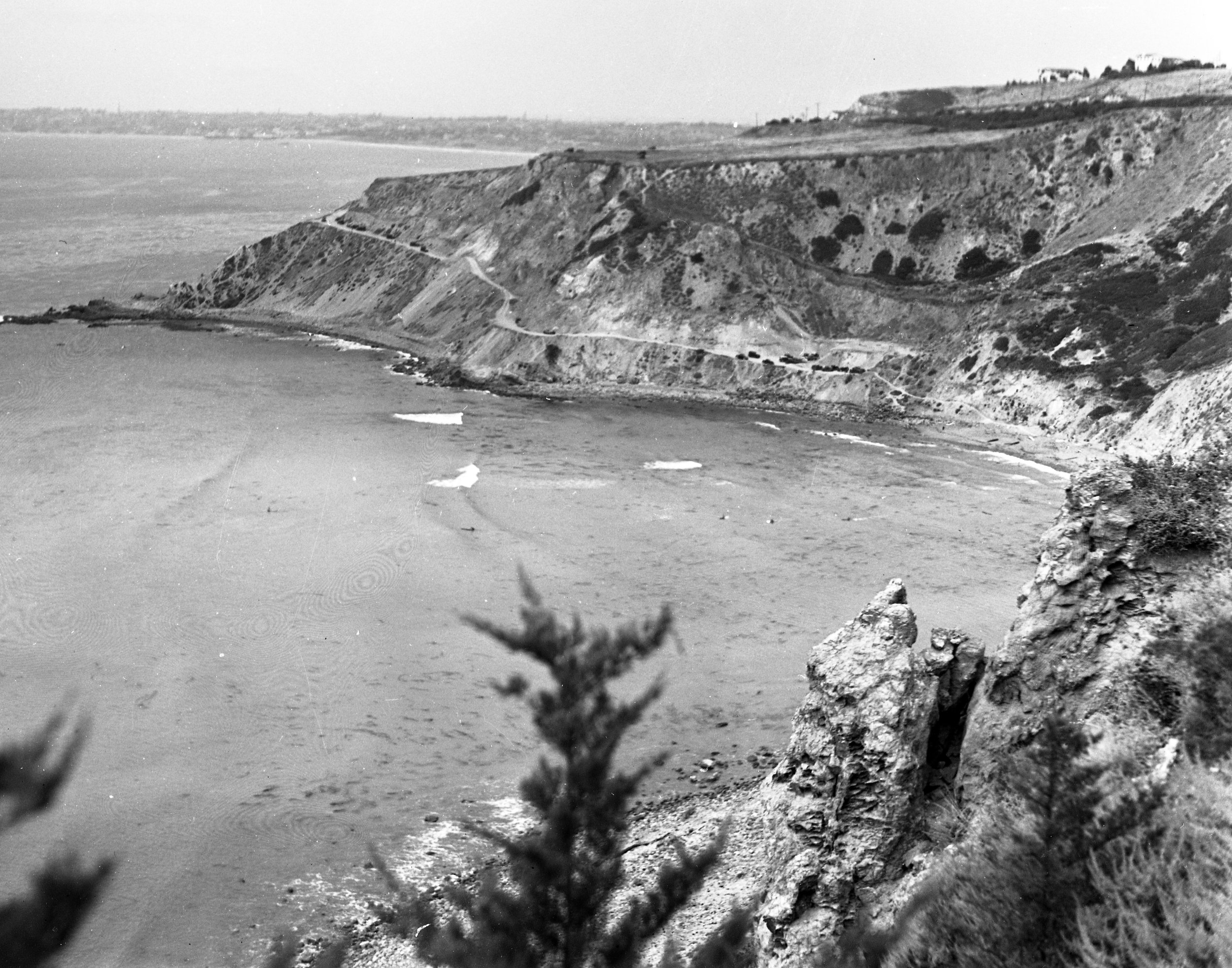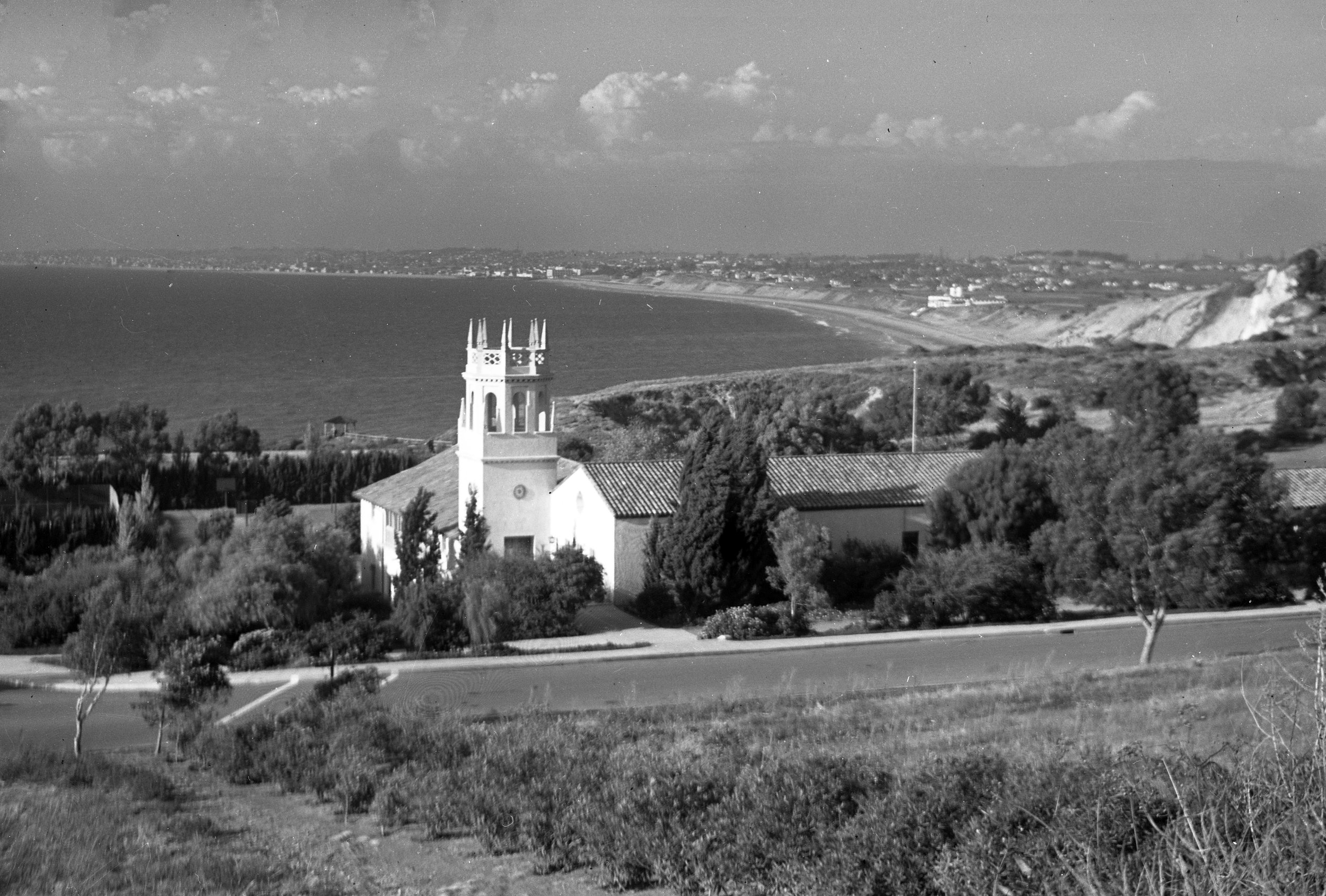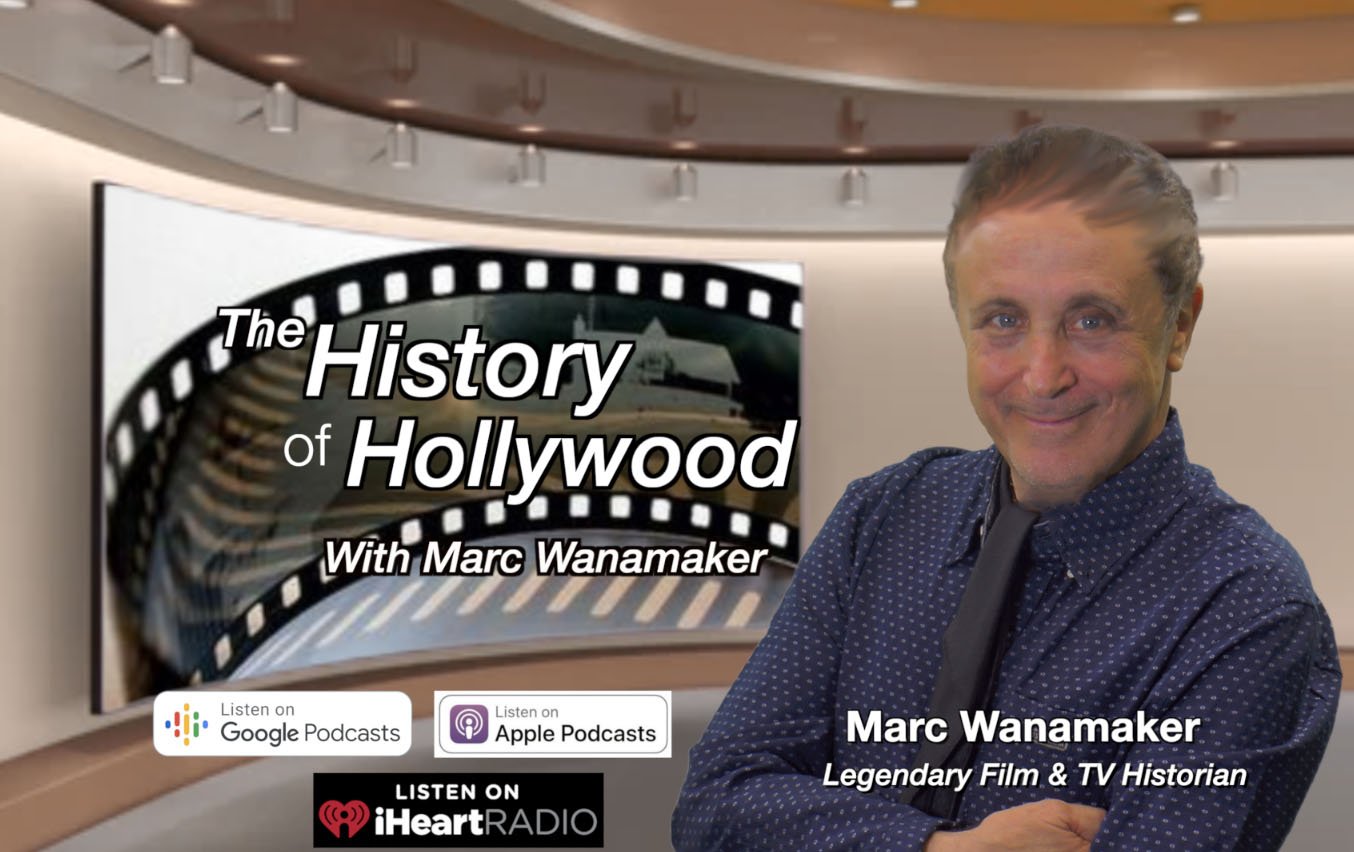Magical Old Hollywood History Created on the Palos Verdes Peninsula By Historian, Archivist, Author, Expert Marc Wanamaker
Magical Old Hollywood History Created on the Palos Verdes Peninsula
By Historian, Archivist, Author, Expert Marc Wanamaker
“A Place Set Apart” referred to the Peninsula that is one of the most scenic and historic areas of Southern California. Today the peninsula incorporates five communities – Palos Verdes Estates, Rolling Hills, Rolling Hills Estates, Rancho Palos Verdes and San Pedro the original Los Angeles Port.
Palos Verdes 1920”s
Palos Verdes 1920”s
Palos Verdes 1927 - La Venta Inn
Palos Verdes Peninsula is an unusual place situated at the south-west end of the Los Angeles area. When the film industry came to California and situated itself in and around Los Angeles between 1907-1920, the studios and production companies were making their films on location with interiors at their home studios. As early as 1914, these film companies were already employing location specialists securing backgrounds that represented ‘The World’, all found in the Los Angeles radius of 35 miles. Palos Verdes offered dramatic coastlines with cliffs and coves, historic buildings, architecturally significant buildings, unusual geology, ranches, scenic parks, all close to the Los Angeles region.
1941 Barnes Estates Stable
1941 Barnes Estates Stable
1941 Barnes Estates Stable
1941 Barnes Estates Stable
Historically speaking Palos Verdes Peninsula is one of California’s oldest ranchos. Three years after the founding of the Pueblo of Los Angeles, a Spanish soldier, Juan Jose Dominquez was land-granted 75,000 acres in 1784 and named Rancho San Pedro. Later the original Rancho was divided into Rancho San Pedro and Rancho Los Palos Verdes. The coastline of the Peninsula includes scenic sites as Malaga Cove, Flatrock Point, Bluff Cove, Lunada Bay, Resort Point, Point Vicente, Long Point, Abalone Cove, Portuguese Point, Inspiration Point, Portuguese Bend, Whites Point and Point Fermin.
Locations 1944 Portuguese Bend
It was Hollywood Studio filmmaking on location that used the Peninsula for over 100-years! Using original source materials such as articles in magazines and newspapers, historical photographs, studio press information and other original source documents, Palos Verdes is featured as a film location. The motion picture studio location departments sent people all over California and particularly the Los Angeles area region, taking photos, making maps, and recording all the information needed to secure as a background location for filming. Palos Verdes Peninsula offered a varied background for almost any film to be made on location all close to the center of Los Angeles where the studios were located.
Palos Verdes 1939 Smuggler’s Cove
Palos Verdes 1939 Smuggler’s Cove
Due to the equestrian history of the Peninsula, film companies were drawn to the equestrian estates for location filming using the horses and the riding trails all over the area. There were several large estates that had stable buildings that were ideal for backgrounds when horses were featured. The Vanderlip Mansion in the Portugeuse Bend area was the first residential home built on the Peninsula in 1916. The Vanderlip barn and stables called the ‘Farmstead’ later became the Portuguese Bend Riding Club which were used as locations.
The Wayfarers Chapel,
Historical landmarks dotting the Peninsula were used as backgrounds in films. Sites such as the Point Vicente Lighthouse, built in 1926, was used by various film companies as an ‘East Coast’ lighthouse. Palos Verdes Plaza, Point Fermin Lighthouse, Phillips Ranch, Vanderlip Cottage, La Venta Inn and The Wayfarers Chapel, opened in 1951 with the tower added in 1954. Designed by Lloyd Wright and overlooking Abalone Cove was used by various location scouts for films and TV shows such as, O.C. (2003-2004), Lucifer (2016-2021), Beverly Hills 90210 (1990-2000), Rockford Files (1974-1980).
One of the known earliest locations used by the film companies was a notice in The Moving Picture World in October of 1911 quoting, “With the Western Producers…Miss Quinn of Pathe’s dramatic stock company, has been featured in a big marine picture taken off of Portuguese Bend. Manager James Youngdeer promises something unusual. To all queries the answer is, ‘Wait and See’!”
Another early Hollywood studio made comedies on location at Palos Verdes. It was reported in The Moving Picture World in May of 1914. “Victoria Forde, leading woman with Al Christie’s Nestor Film Comedy Company is appearing in “Sophie of the Films”, a few days ago was lashed to a cliff near Portuguese Bend, California, and the cameraman turned the crank while big waves swept over her”.
In Motion Picture News in April of 1918 it was mentioned that “Director William Duncan is nearing the completion of Vengeance and the Woman serial film, and the Vitagraph company working on The Woman and the Web are now on their fifth episode. In the fourth episode of this serial Hedda Nova did some very thrilling work for the screen when she was let down a 160-foot cliff north of Point Fermin, near San Pedro, California into the ocean below”.
Dolores Del Rio
In 1930 it was announced in a trade magazine that Dolores Del Rio was using “Natural backgrounds” for some of the biggest scenes in The Bad One (1930) United Artists. The article went on to say, “Considerable time was spent on location along the ocean front at Palos Verdes and San Pedro, California, in making this spectacular feature. The huge sets erected for the George Fitzmaurice production at Palos Verdes, a picturesque resort between the mountains and the sea near Los Angeles, set a record in size of picture backgrounds (seaside port village) for outdoor talking picture sequences. The Bad One, a story laid in Marseilles France, presents Miss Del Rio in the role of a waterfront café entertainer.”
During WWII the coastline of the Peninsula was guarded by anti-aircraft guns and the film companies used the area for War films such as RKO’s Marine Raiders (1944). There were scenes filmed on the beach at Portuguese Bend.
Portueguese Bend, 1963 It’s a Mad Mad Mad Mad World
Portueguese Bend, 1963 It’s a Mad Mad Mad Mad World
Television shows also used the Peninsula as background locations like the 1961 “Perry Mason TV series that used the Beach and Cliffs for backgrounds. One of the most famous and popular motion pictures of 1963 was United Artist’s It’s A Mad Mad Mad Mad World starring about 25 legendary film and television stars headed by Spencer Tracy, Sid Caesar, Ethel Merman, Mickey Rooney, Jonathan Winters and others.
The climactic scene in the film was filmed on location at 5500 Palos Verdes Drive, site of Santa Rosita State Park just south of Abalone Cove Shoreline Park where Palm Trees spelled-out the letter “W” overlooking the cliffs. The Point Fermin cliffs were featured in several films and TV shows over the years, but the most famous film using the location was Chinatown starring Jack Nicholson in 1974. The studio used the “Sunken City” which are a strange series of eroded cliffs before sliding into the sea. “Sunken City” was also seen in The Big Lebowski, where John Goodman eulogizes surfer Donny while an ocean breeze blows his ashes back onto “The Dude’s’ Jeff Bridges face in 1998.
Marineland
Marineland
Marineland
Marineland
One of the most popular locations at Palos Verdes Peninsula was Marineland of the Pacific which opened in 1954 and closed in 1987. It was a popular film and television location for around 30 years. Some of the films made there on location included; The Mechanic, Elvis Presley in Live a Little, Love a Little, Voyage to the Bottom of the Sea, Designing Woman, Boy On The Dolphin and In like Flint. Television production company used Marineland in such shows as, Mannix, Munsters, Beverly Hillbillies, Partridge Family, Hart to Hart, Six Million Dollar Man, Emergency!, Wonder Woman, Batman, Lucy Show and Sea Hunt
Elvis at Marineland
1957 MGM “Designing Women” - Lauren Bacall, Gregory Peck
Movie stars and celebrities have been drawn to Palos Verdes to ‘get away’ from the city and either visit, live or recreate there. Famed stage and film star Ethel Barrymore lived at 1501 Chelsea Road overlooking Lunada Bay in 1946 for a year during The Paradine Case made at the Selznick Studio in Culver City. Other stars lived for a time on the Peninsula such as Paul Muni and his wife, Charles Laughton with his wife Elsa Lanchester, Buddy Ebsen, Ray Milland, Myrna Loy lived in the Vanderlip Mansion before the War. Lloyd Bridges lived off of Via Del Monte while working on the television show, Sea Hunt in the 1960s, Michael Rennie, Rosemary DeCamp in the Hollywood Riviera, Joan Crawford rented on Via Elevado, Virginia Mayo in Rolling Hills, Harrison Ford, Bruce Lee, Chuck Norris, singer Nancy Wilson, Burt Bacharach and Angie Dickinson, Peter Frampton, Rosemary Clooney, Neil Armstrong rented a house on Palos Verdes Drive among others spent time on the Peninsula.
Palos Verdes Peninsula is still a destination with its picturesque coastline having been made a ‘City’ in its own right in 1973 becoming the CITY OF RANCHO PALOS VERDES. The historical buildings that still exist are now a part of the history and culture of the Peninsula. The Palos Verdes Peninsula will remain “A Place Set Apart” and no doubt will continue to be a filmmaking location destination.
Marc Wanamaker is a native of Los Angeles and lived in the West Hollywood-Beverly Hills all of his life and attended Beverly Hills and Los Angeles schools and graduated from Los Angeles City College, California State University at Northridge and continued graduate work at UCLA and USC in the fields of Theatre, Music and History. For five years Marc Wanamaker was an instructor at UCLA Extension teaching the history of the Motion Picture Industry in the United States.
Marc Wanamaker is also an author working freelance on book, newspaper, magazine projects amassing a body of work authoring over forty books and contributing to many others over the years. Examples of titles include; Star Profiles (1984), Reel Women {1991), Hollywood Handbook (1996}, Hollywood Haunted (1999}, Destined for Hollywood (2001), Hollywood Past and Present {2002), Los Angeles Past and Present (2004), Early Beverly Hills (2005), Early Hollywood {2007), Theatres in Los Angeles (2008), Westwood (2009), Early Warner Bros. Studios (2010), Location Filming in Los Angeles {2010}, Griffith Park (2011), San Fernando Valley {2011}, Malibu {2011), Movie Studios of Culver City, Early Paramount Studios (2013), Early Poverty Row Studios (2014), Max Factor and Hollywood (2017), Paramount City of Dreams {2017), The Cochranes and the founding of Universal Pictures (2018), Hollywood's Lost Backlot-Culver Studios (2019} and Hollywood Trains and Trolleys (2020). Marc Wanamaker is currently working on book and film projects and contributing historical materials and information to all media world-wide.
Link to podcast:
The History of Hollywood with Marc Wanamaker on Apple Podcasts






















